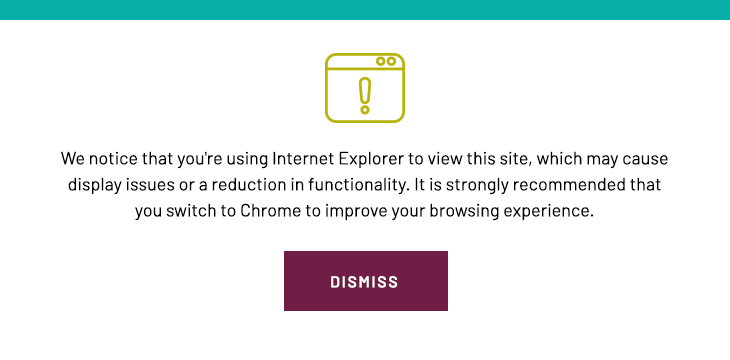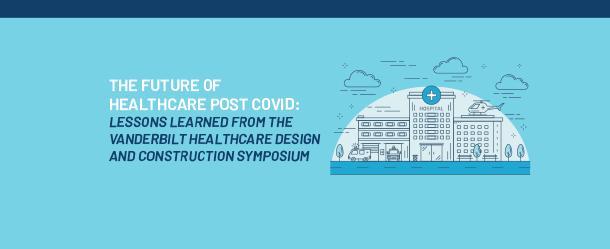



Earlier this month, we had the opportunity to attend Vanderbilt University’s Healthcare Design and Construction Symposium where we heard from the nation’s leading designers, constructors, healthcare providers, facility managers, and executives. This year’s theme was Moving FORWARD, a nod to the challenges prompted by the coronavirus pandemic and how healthcare delivery will change to meet current and future priorities. Without a doubt, this past year has been challenging, but the esteemed presenters at the symposium all agreed that they will carry with them some valuable lessons from this year to improve the facilities they deliver in the future:
It was certainly the case that many health systems put capital programs on hold and focused their attention on adapting existing facilities to support caregivers as they treated those with COVID. But many of those capital projects are back in the pipeline and are as relevant as they were before COVID.
Healthcare facilities need to flex to the needs of their patients, and we need to design and construct spaces that are adaptable. One thing we saw during the pandemic was the unprecedented amount of hospital bed shortages and the continuing need for patient rooms to be acuity adaptable. Constructing ICU-capable rooms ready to care for patients at any acuity level will provide the flexibility caregivers need to meet any future surge.
We will be designing and constructing facilities for the many different forms healthcare will take. Hospitals, ambulatory surgery centers, imaging centers, and urgent care centers are here to stay and have a vital place in the delivery of care. As retailers such as Walmart, CVS, and others explore providing care within the four walls of their stores, we will be seeing more innovations in this space as well. Health systems are even partnering with hotel chains to build hotel annexes that offer spaces for patient recovery and flexibility for further testing and follow-up appointments.
Healthcare workers have been on the front line of our battle with COVID, and they have dedicated and sacrificed themselves for our health and safety. They deserve the best of break spaces to rest, recover, and recharge. These spaces should be calming, full of natural light, and connected with nature.
We used telemedicine when we had no other alternative during COVID, but there will continue to be a place for it. Whether for office visits, pre- and post-operative visits, rehabilitation check-ins, or other uses, healthcare providers will continue to provide this hybrid form of care, but we can likely expect more expanded applications to even include remote monitoring of patients. For design and construction, this will translate to robust building infrastructure to support these intensive data requirements.
Listening to these remarkable leaders in the healthcare space, we concluded that the role of the project advisor has never been more essential. While the long-term impacts from COVID are still unfolding, healthcare design and construction is changing at an unprecedented pace, and healthcare systems continue to need facilities brought online that are nimble, cost effective, and safe. As project advisors, we at MBP are proud to be a part of the healthcare industry at this important time.
Related Reading: Let’s Meet the COVID-19 Challenge Together
Comments